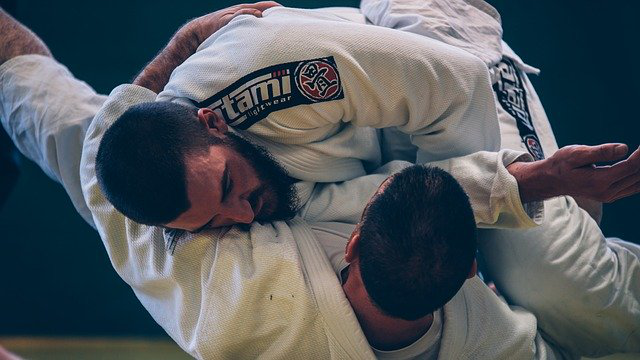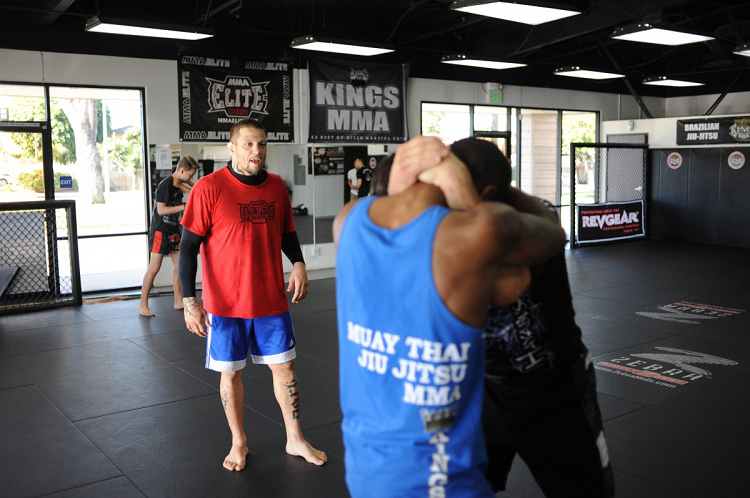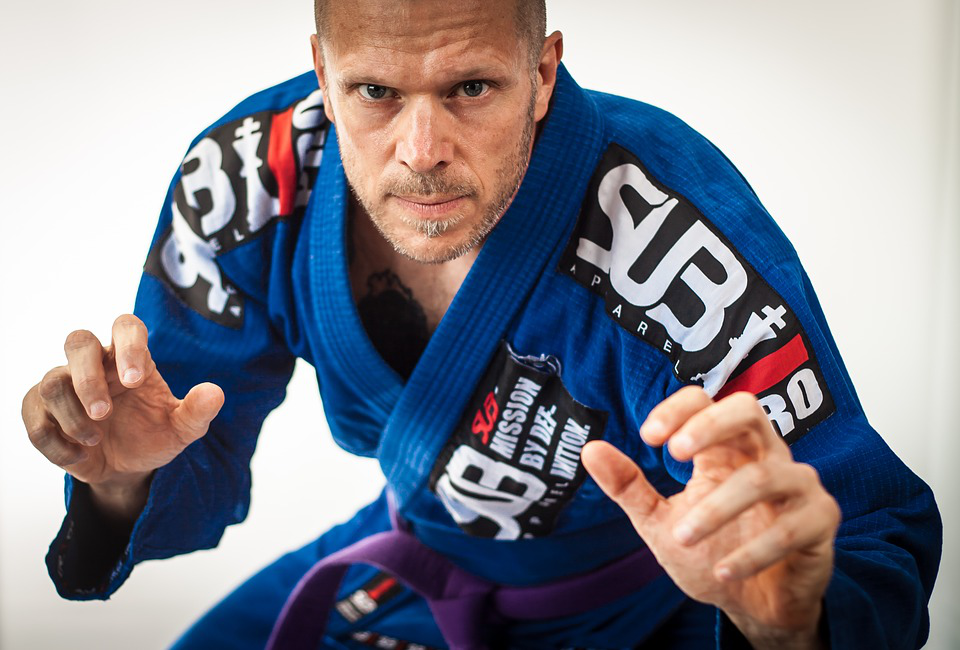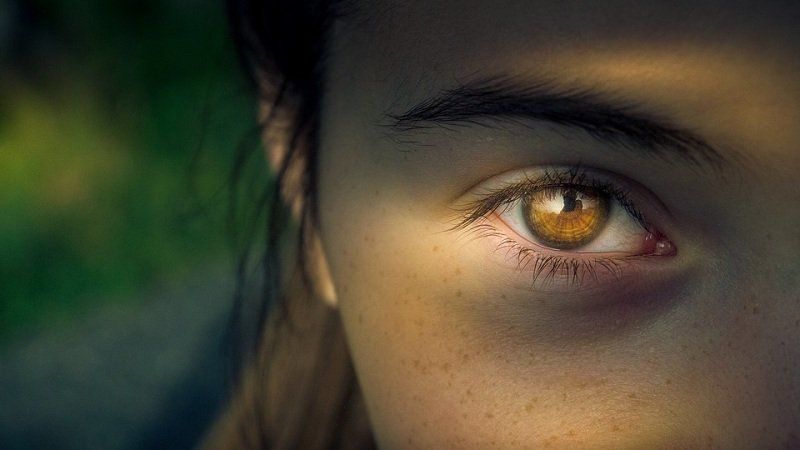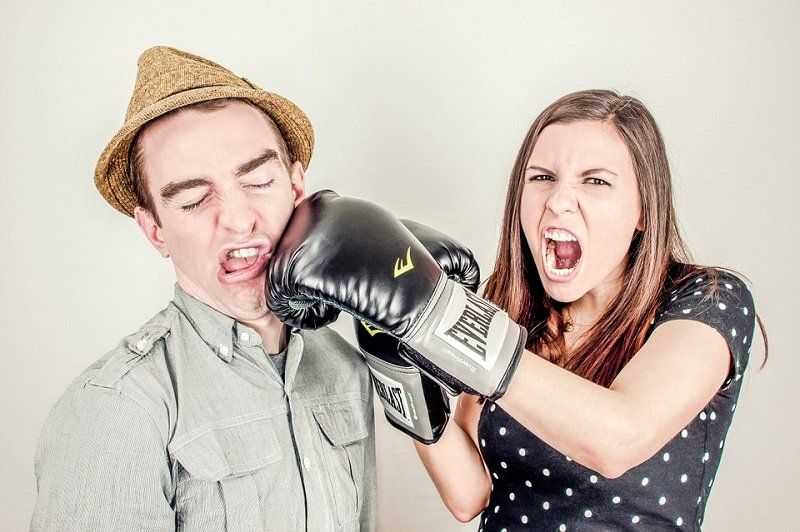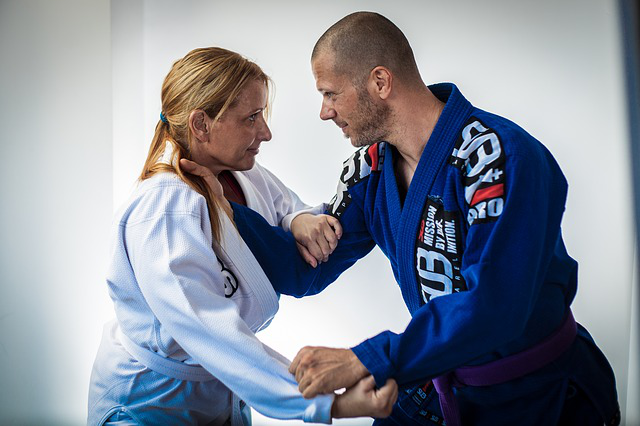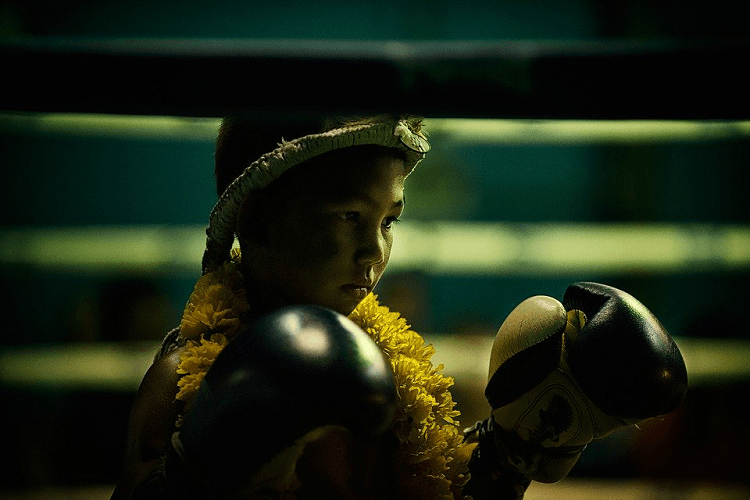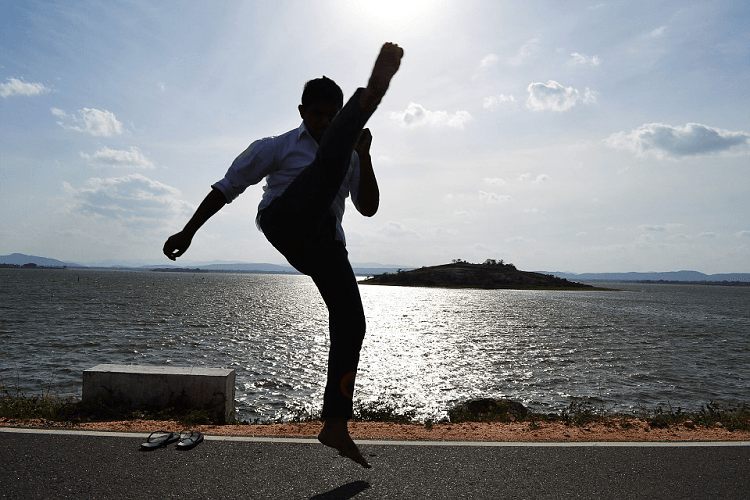Kids Martial Arts - Karate and Jiu Jitsu - The Benefits
Kids Martial Arts - Karate and Jiu Jitsu - The Benefits
Childhood is the perfect time to introduce martial arts as a practice of self defense and discipline. The benefits for children practicing martial arts are many and include both social emotional development as well as, learning skills that they will use throughout their lives, and in many different areas of their lives.
In a well run martial arts school, the structure and consistency of the training in both Karate and Jiu Jitsu create an environment that encourages risk-taking and leadership - yes, life comes with risks and learning to step out of the “comfort zone” is one important developmental benefit of martial arts for kids. This is accomplished through progressively recognizing and acknowledging scaffolded skills achieved by the student, while continually encouraging the child to reach for the next higher goal.
Proper instruction is key to this progression for the student. The instructor needs to know what specific skills (social and academic) each student is working on and how to help them move forward without gaps in their learning that will need to be filled in at some later date. Proper progression and scaffolded learning is crucial for the student to develop a complete understanding of concepts and applications and avoid holes in their learning.
Proper development also requires proper acknowledgement and encouragement from the instructor. Developing improved social and emotional skills in a child through the martial arts may include acknowledgements such as, “Great job for putting your hand up and waiting your turn Lilly”, or “Wesley does fantastic forward rolls. Wesley will you demonstrate for the class your forward roll? Nicely done!”. These sorts of quick statements are encouraging to students and reinforce their constructive actions, while simultaneously offering an incentive to other students to attempt to reap acknowledgement by seeking to do their personal best. In other words, this encouragement can be contagious as it lights a fire and instills the desire in other students to reach high in order to achieve their best. However, you must also be careful not to set the student up for failure or to ask the general class to keep up with an advanced student - this can have the opposite effect, and so it is often best to ask students to demonstrate a skill that the class members are all capable of doing so as not to demoralize the majority of students.
Remember there are no favourites, only favourable behaviours and standards.
Although self-defense is an important consideration for children in the martial arts, instilling desired behaviors and standards in children ultimately is the most favorable aspect of martial arts for kids. Instilling these behaviors in a young person will reap future benefits that allow the child to continue to grow in life, and in the martial arts. Failing to encourage these positive traits can often have the opposite impact, and can cause a child to become unruly, lethargic, or to eventually lose interest in their own development. Developing learning skills requires the same tempered instructional method where the instructor progressively acknowledges a range of desirable behaviours and actions related to the following learning skills:
-
Responsibility: Completing a task or skill outlined by the instructor within agreed-upon timelines;
-
Organization: Prioritizing and managing time to attend classes and achieve goals;
-
Independent Work: Staying on task and requiring less supervision;
-
Collaboration: Respecting the views of others and assisting them when necessary;
-
Initiative: Being a doer and not needing too much encouragement or cuing for appropriate actions and responses;
-
Self-Regulation: Controlling impulsiveness and tempering one’s responses.
The above skills are some of the most crucial life-skills we must all learn to successfully attend school, graduate from a university, and move on to build a successful family, career, and to benefit our society. Martial Arts for children can not only teach self defense, but it can be a crucial starting point for the child to learn (and advance) these vital life-skills. However, the learning must first begin with the instructor, and his/her approach to teaching the material.
As an example, it is easy to target weaknesses and offer remedies, but this approach will land on deaf ears if the instructor has not established a trusting relationship with the student. After almost thirty years of teaching martial arts, etc. I have to tell you what has worked for me as an instructor/ educator. I am far from perfect - my approach has been shaped by both success, and failure at the task, but falling short has also allowed me to shape my game-plan and improve on my approaches. The “secret sauce” is in learning to encourage strengths in the student, rather than clawing at their weakness. Tearing a child down never works well in the long-run, so shining a spotlight on their strengths will gradually diminish weaknesses by building-up the student’s confidence to create change in his/her life - this allows the student to gradually understand any shortfalls, and how best to correct them (some might call this the basic principle of “positive reinforcement” to shape desired behavior).
By focusing on a student’s strengths, the student will reflect on themselves positively (less tendency for discouragement), and at the same time begin the process of continuous self-improvement, because they will also pick up on some of their own weaknesses. You cannot “learn” the student, rather, the student must learn on their own while you guide them on the journey, so this ability in a student to recognize his/her own weaknesses is crucial to the process. Again, persist in focusing on their strengths by asking questions about areas of weakness. Once trust and awareness have been established, specific gains can be made.
Also understand that expecting too much of the child often results in failure of the child to achieve lofty goals, and this is the instructor’s fault (not the child’s fault). Often parents/ teachers/ instructors target too many skills for improvement, or the skills they desire to see in the student are simply too lofty for the level of child development (think of trying to teach a 7-year old child to play Chopin on a piano, when all the child really wants to do is play “chopsticks” and have fun, laugh, and sing silly songs). All things have a time and a place, and the instructor must embrace this. To avoid speaking “over” the audience, you must shape a message that “speaks to” the audience, so first choose the lesson that makes sense for the child’s developmental range (the stage of development will vary for each child, and cannot be precisely tied to age). Once you shape the proper message, choose only two - four skills of focus at a time. This should be all a child is expected to work on at any given time, otherwise the child will become overwhelmed, trust will be lost, and learning will greatly diminish.
Following some of these simple suggestions will assist in creating an atmosphere of mutual respect and trust. Improved learning opportunities will also emerge as students become more comfortable taking risks. Their creativity and ingenuity will also be cultivated and they will learn and know more about themselves in the process - they will have learned to shape their own lives by discovering (and improving) their own weaknesses.
In the end, martial arts and education are in the business of developing people. Teachers need to focus on cultivating trust, relationship building and leadership by demonstrating and upholding consistent standards, treating all fairly, and being accessible when needed to assist in problem solving, assessment and developing next steps for growth purposes.
